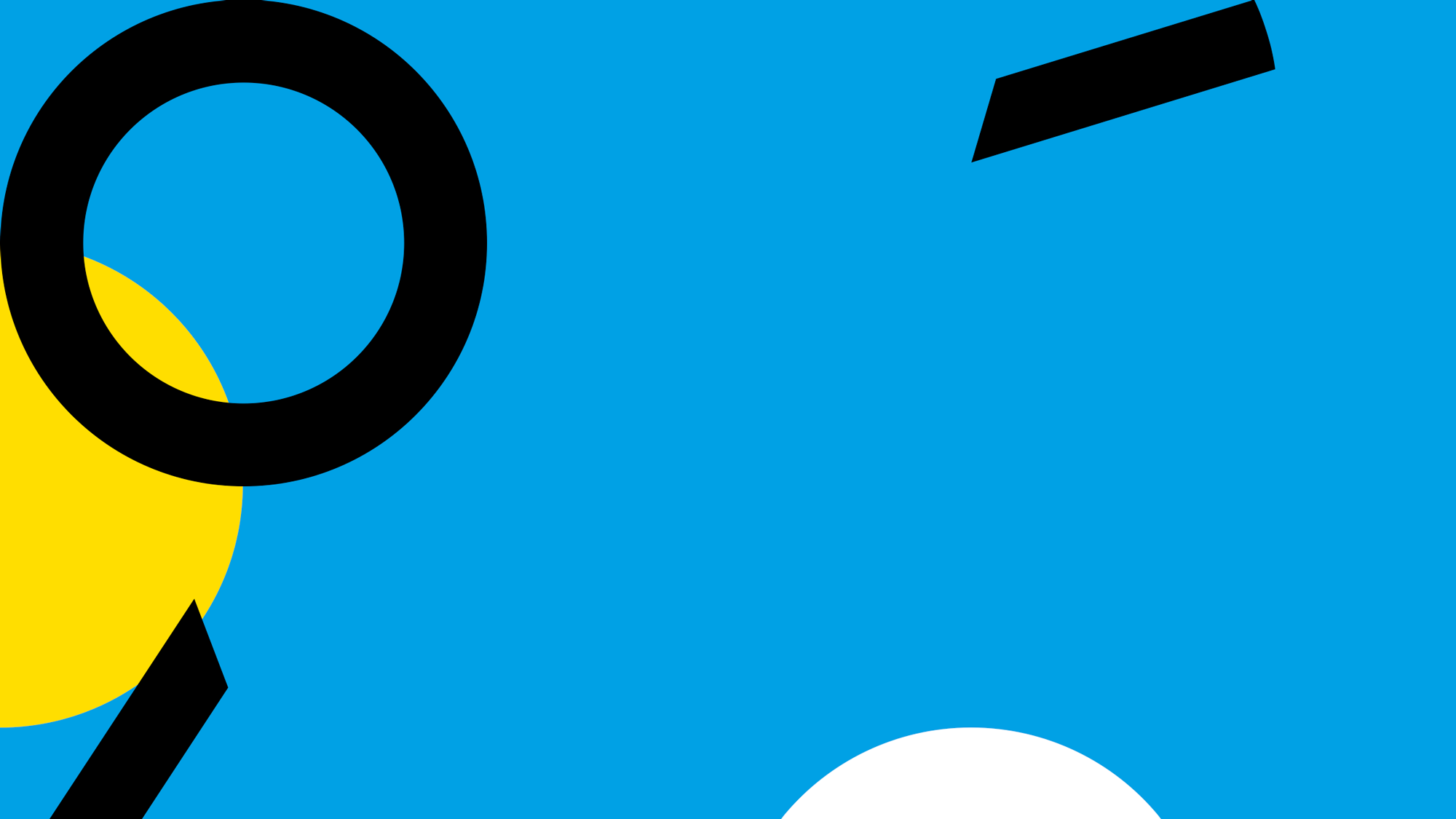Welcome to The Week in Generative AI, a weekly column for marketers from Quad Insights that quickly sums up need-to-know developments surrounding this rapidly evolving technology.
OpenAI launches DALL-E 3 within ChatGPT
OpenAI has integrated its DALL-E generative image tool into ChatGPT and has offered it up for testing to select users on Wednesday, Cade Metz and Tiffany Hsu report in The New York Times. They write that “OpenAI is solidifying its chatbot as a hub for generative A.I., which can produce text, images, sounds, software and other digital media on its own.” In this latest release, ChatGPT can now generate digital images from descriptions, allowing users to either specify what they want or use chatbot-created descriptions to automate media creation.
According to Metz and Hsu, OpenAI is working to refine the technology, and they will not be “sharing DALL-E 3 with the wider public until next month” when it will then be “available through ChatGPT Plus, a service that costs $20 a month.”
Over at TechCrunch, Kyle Wiggers notes that the “launch of DALL-E 3 comes as the generative AI race heats up, particularly in the image-synthesizing domain. Competitors like Midjourney and Stability AI continue to refine their image-generating models, putting the pressure on OpenAI to stay apace.”
Related news:
• “OpenAI releases third version of DALL-E” (The Verge)
• “OpenAI’s new AI image generator pushes the limits in detail and prompt fidelity” (Ars Technica)
• “OpenAI’s Dall-E 3 Is an Art Generator Powered by ChatGPT” (Wired)
AI everything for Microsoft Windows 11
Microsoft announced on Thursday that it’s integrating Copilot across Windows 11, effectively adding an AI assistant to every task imaginable in the operating system. Users will be able to use Copilot to query Microsoft documents using natural language, Outlook will be able to draft emails in your unique voice, and image creators will be able to deploy DALL-E 3 directly inside Bing Chat.
“Think of it as a side panel you can bring up in practically any part of Windows 11, even in the Edge browser. Its purpose is to help with mundane everyday tasks,” write Wired’s Brenda Stolyar and Julian Chokkattu. “For example, you can copy and paste text into a long email and Copilot will neatly organize all the information in a way that’s more easily digestible.”
Related coverage:
• “Microsoft AI Employee Accidentally Leaks 38TB of Data” (PCMag)
• “Microsoft to sell AI assistant software to biggest clients starting Nov. 1” (CNBC)
Google Bard can now scan your email
ZDNet’s Lance Whitney reports that Google has introduced an enhancement to its Bard AI tool, enabling it to communicate with Google’s primary apps including Gmail, Docs, Drive, Maps and YouTube. Named Bard Extensions, the enhancement acts as a central hub to pull information across Google services. Users can pose questions and the tool can scan relevant data across these platforms. “The idea is to use Bard as a one-stop shop to grab information across these different services,” writes Whitney.
More Google AI coverage:
• “Google Nears Release of Gemini AI to Challenge OpenAI” (The Information)
• “Google rolls out a major expansion of its Bard AI chatbot” (CNN)
• “Google’s free AI isn’t just for search anymore” (Vox)
• “Google Expands AI Tools For Search Ads” (Search Engine Roundtable)
Further reading
• “YouTube Adding Generative AI Tools in Creator Push” (The Hollywood Reporter)
• “AI-focused tech firms locked in ‘race to the bottom’, warns MIT professor” (The Guardian)
• “Bing, Bard, and ChatGPT: How AI is rewriting the internet” (The Verge)
• “Everything Amazon announced at its 2023 Devices and Services event” (Engadget)
• “How generative AI is remixing digital commerce expectations” (Fast Company)
Thanks for reading. We’ll see you next week.
If you’d like to catch up on prior installments of this column, start by heading to last week’s recap: “The Week in Generative AI: September 15, 2023”



